Guide to Pressure Sensitive Labels
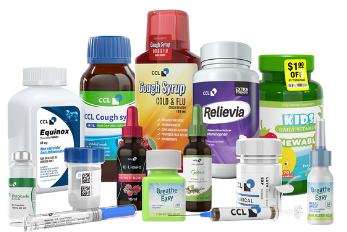
Pressure sensitive labels, also known as self-adhesive labels, are a type of label that adheres to a surface when pressure is applied. These labels are made of three layers: the facestock (the label material), the adhesive layer, and the liner (the backing material).
When pressure is applied to the label, the adhesive layer sticks to the surface, creating a bond. This type of label is commonly used for product labeling, packaging, and branding purposes.
Pressure sensitive labels can be made from a variety of materials, including paper, plastic, and foil, and they can be printed in a range of colors and designs. They are easy to apply and remove, making them a popular choice for labeling products in many industries.
Smart Labels and NFC: Enhancing Customer Engagement Before and After
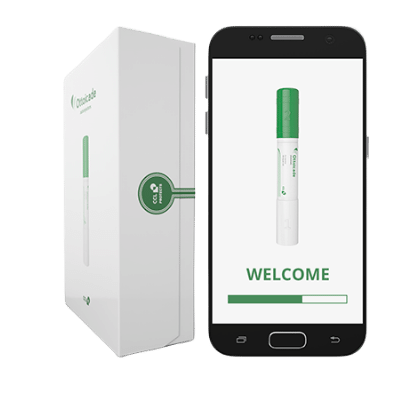
Smart Labels and NFC: Enhancing Customer Engagement Before and After the Sale With the advancement of technology, companies are constantly exploring ways to enhance the customer experience. One way to achieve this is through the use of smart labels and NFC technology. Smart labels are a type of RFID label that uses near field communication […]
2-Ply Labels Explained
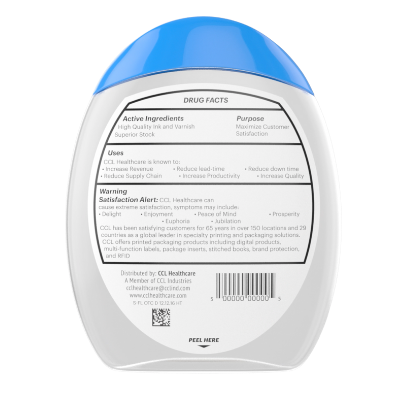
2-ply labels are becoming increasingly popular in the pharmaceutical industry due to their ability to provide expanded content and additional information on small packaging. The use of 2-ply labels allows pharmaceutical companies to include more information on their products without having to increase the size of the packaging, which can be particularly important for products that need to be small and portable.
Medication labeling – 5 Mistakes to Avoid
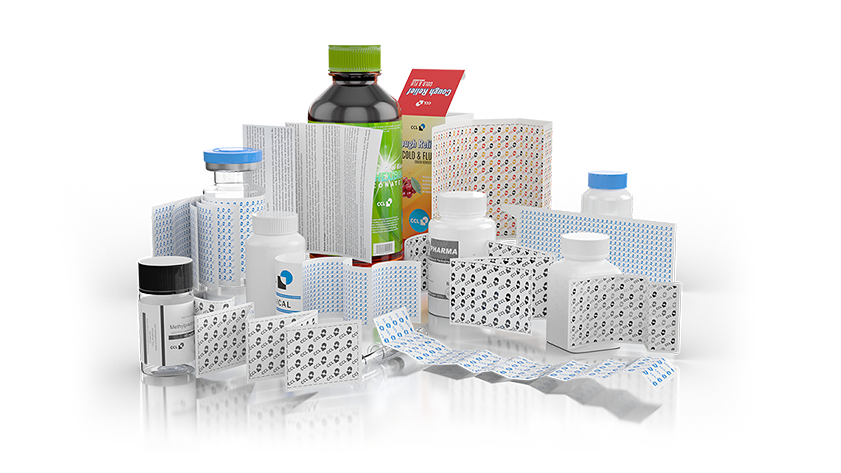
Medication errors are a serious issue that can have significant consequences for patients. According to the World Health Organization (WHO), medication errors are a leading cause of injury and avoidable harm in healthcare systems worldwide. Here are some common medication errors and how to avoid them
7 Considerations for Pharmaceutical Medication Labeling
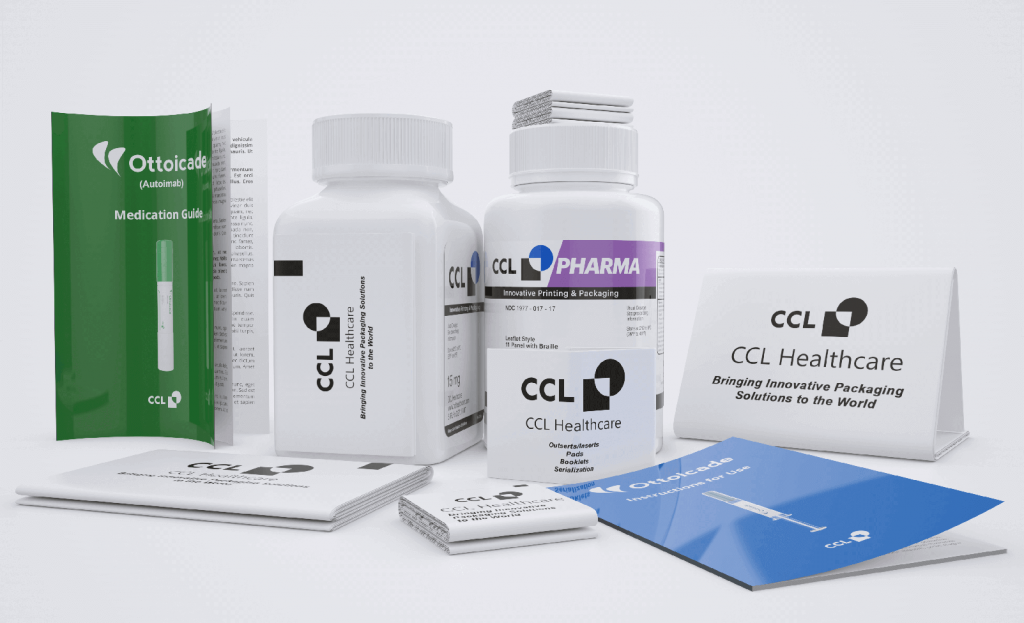
Pharmaceutical labeling plays a critical role in ensuring patient safety and medication adherence. Proper labeling can help patients to understand their medications and how to take them correctly. Here are some best practices for pharmaceutical labeling:
Pharmaceutical Serialization
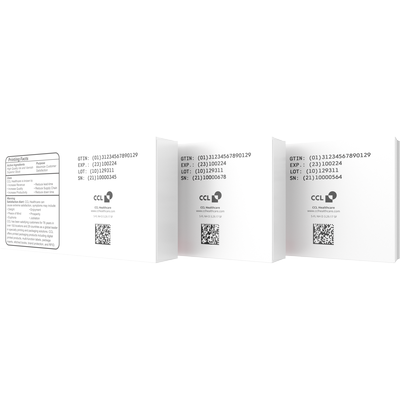
Pharmaceutical serialization is the process of assigning a unique identification code to each individual package or unit of medication. This identification code allows the package to be tracked through the entire supply chain, from the manufacturer to the pharmacy or hospital. Pharmaceutical serialization has become increasingly important in recent years due to concerns about drug counterfeiting, diversion, and theft.